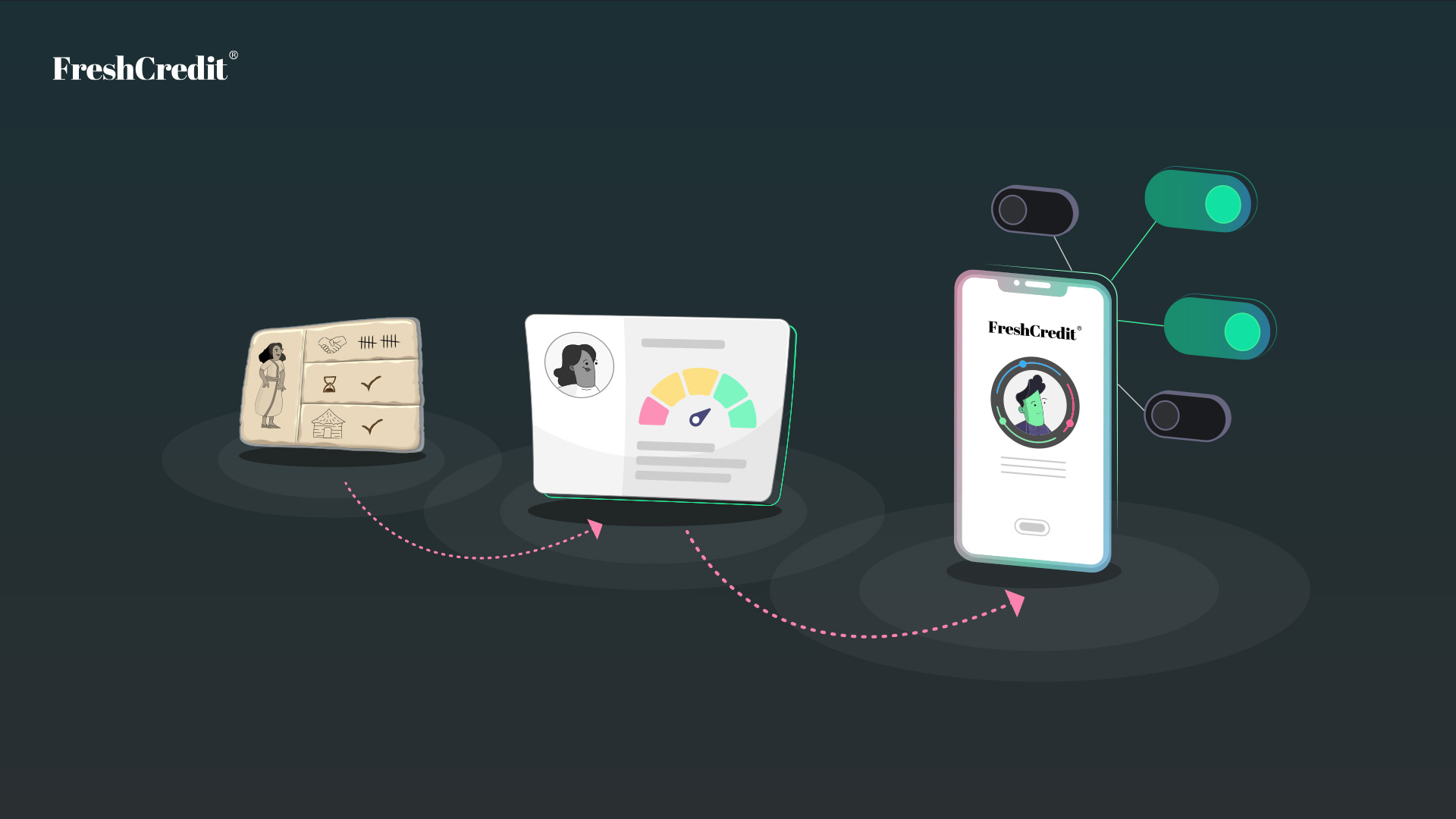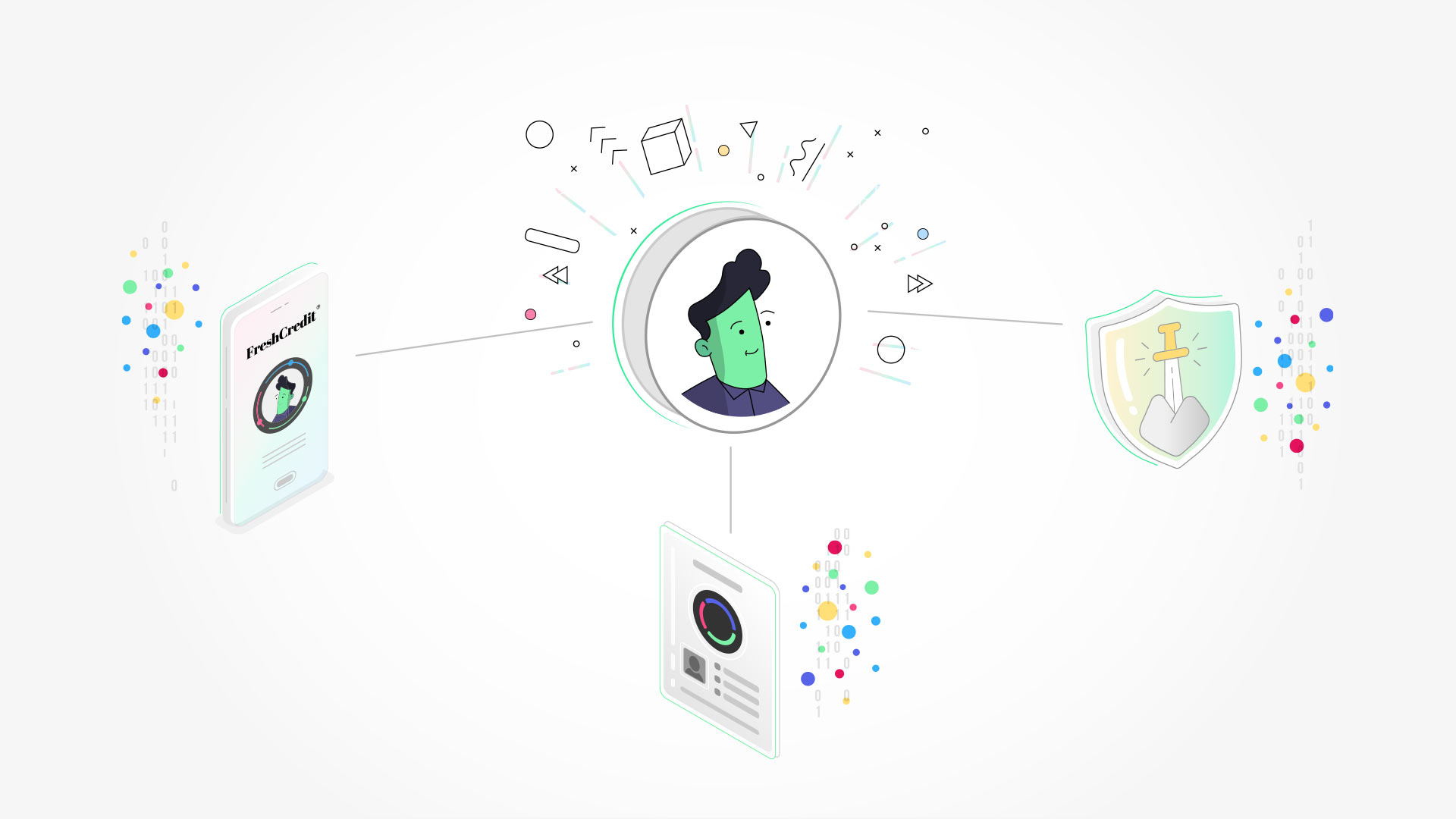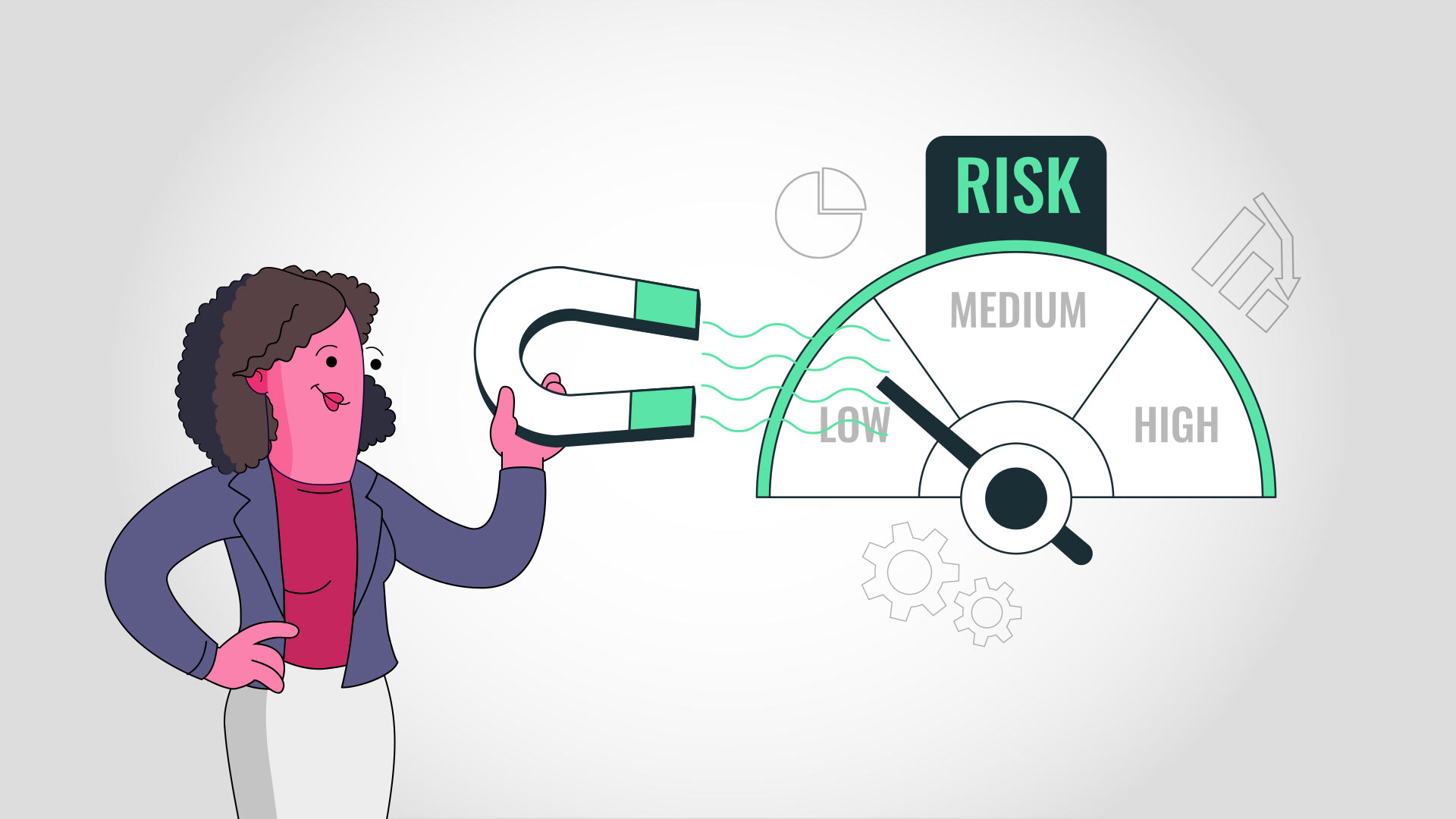
“Money is a matter of functions four: a medium, a measure, a standard, a store.”
Alfred Mitchell-Innes
Let’s embark on an intriguing journey through the history of credit. It’s a story that’s woven into the very fabric of our daily lives, yet it’s something we often overlook. From the early days of bartering to the swipe of a credit card and the click of a digital transaction, the evolution of credit is not just a financial tale but a reflection of human progress and innovation.
The Early Days
Bartering and the Birth of Credit
Imagine living in a world without money. Sounds strange, right? But that’s exactly how things were in ancient civilizations like Mesopotamia and Egypt. People relied on a simple yet effective system: bartering. This meant trading goods and services directly with each other. For instance, if you were a farmer with a surplus of wheat but needed some pottery, you’d find a potter and strike a deal.
This system was the precursor to credit. It was based on trust and the idea of mutual benefit – “I’ll help you out now, and you can return the favor when you’re able.” It wasn’t just about the goods; it was about building relationships and community bonds.
The Limitations and Evolution
However, bartering had its limitations. What if you couldn’t find someone who needed what you had or had what you needed? Or what if you needed something now but couldn’t return the favor until later? These challenges laid the groundwork for the concept of credit. People started keeping tabs on who owed what to whom, leading to the creation of basic credit systems.
The Middle Ages: Banking Takes Root
Knights Templar and the Crusades
Fast forward to the Middle Ages. This era saw the rise of the Knights Templar, who are often credited with creating one of the earliest forms of banking. These warrior monks, known for their role in the Crusades, offered a valuable service to pilgrims traveling to the Holy Land. They would keep pilgrims’ valuables safe and issue them a kind of credit note. This note could be redeemed at other Templar houses, making it a lot safer and more convenient than carrying around bags of gold.
Renaissance Innovations
Then came the Renaissance, a period of flourishing trade and commerce, especially in Italian city-states like Venice and Florence. Merchants in these hubs were dealing with trade across vast distances, and they needed a more efficient system. Enter the bill of exchange. This was a promise to pay a certain amount of money at a specified time, making trade smoother and more reliable. It was a game-changer because it introduced the idea of extending credit over time and distance.
The Industrial Revolution: Credit Gets Serious
Fueling Business and Growth
The Industrial Revolution was a time of massive change and growth. Businesses were popping up everywhere, and they needed capital to get off the ground and expand. This is where credit really started to flex its muscles. Banks began to play a major role in funding these ventures, providing the necessary loans to fuel industrial growth.
The Birth of Central Banking
This era also saw the birth of central banking. Central banks, like the Bank of England, were established to help standardize and regulate lending practices and interest rates. This brought a new level of stability and trust to the financial world, making it easier and safer for businesses to borrow and grow.
The Advent of Credit Cards
Now, let’s zoom into the 20th century, a period that marked a revolutionary shift in personal finance with the introduction of credit cards. The first credit cards were pretty basic compared to what we have today, but they laid the foundation for a new era of consumer credit. Initially, they were tools for convenience, allowing people to make purchases without carrying cash. But soon, they evolved into a system that offered short-term loans – buy now, pay later.
The Explosion of Consumer Credit
- The Boom of Credit Cards: The mid-1900s saw credit cards becoming a staple in wallets worldwide. They weren’t just a convenience anymore; they became a necessity. By 2020, the global transaction value of credit card payments was around 20 trillion U.S. dollars, as reported by Statista. This staggering figure underscores the central role of credit cards in modern economies.
- Personal Loans and Mortgages: Alongside credit cards, other forms of consumer credit like personal loans and mortgages became more accessible. This shift played a significant role in shaping consumer behavior, allowing people to purchase homes, cars, and other major assets, which were previously out of reach for many.
Table 1: Evolution of Credit Card Usage and Transaction Value
| Year | Global Credit Card Transaction Value (in trillion USD) | Number of Credit Card Users Worldwide (in millions) |
|---|---|---|
| 2000 | 7.0 | 1,000 |
| 2005 | 10.5 | 1,400 |
| 2010 | 15.0 | 1,900 |
| 2015 | 18.5 | 2,500 |
| 2020 | 20.0 | 3,000 |
Source: Statista
The Digital Age: Credit Goes High-Tech
The Rise of Online Banking
The digital age has transformed the way we interact with credit. Online banking emerged as a game-changer, making it easier than ever to manage our finances. Gone were the days of standing in long bank queues. Now, a few clicks on a computer or taps on a smartphone allow us to check balances, transfer money, and pay bills.
Blockchain and DeFi: The New Frontier
- Blockchain Technology: This isn’t just a buzzword in the tech world; it’s a revolutionary way of managing financial transactions. Blockchain offers a level of security and transparency that traditional banking systems can’t match. It’s a decentralized ledger that records all transactions across a network, making it nearly impossible to alter or hack.
- DeFi: Along with blockchain, Decentralized Finance has introduced new forms of digital credit. These platforms challenge traditional banking models and offer an alternative to conventional financial products and services. DeFi operates on the principle of decentralization, free from the control of any central authority, which appeals to a growing number of users seeking autonomy in their financial transactions.
Credit’s Global Impact
The Economic Backbone
Credit is more than just a financial tool; it’s the backbone of economies worldwide. In the United States, for instance, the Federal Reserve’s G.19 report provides a glimpse into the scale and trends of consumer credit. It shows how integral credit is to the American economy, fueling everything from small purchases to large-scale investments.
Table 2: Impact of Credit on the U.S. Economy
| Year | Total Consumer Credit in the U.S. (in billion USD) | Mortgage Debt (in billion USD) | Auto Loan Debt (in billion USD) |
|---|---|---|---|
| 2000 | 1,500 | 4,000 | 700 |
| 2005 | 2,200 | 6,500 | 850 |
| 2010 | 2,800 | 8,000 | 900 |
| 2015 | 3,500 | 9,500 | 1,100 |
| 2020 | 4,200 | 10,500 | 1,300 |
Source: Federal Reserve’s G.19 Report
A Worldwide Phenomenon
The story is similar across the globe. Credit systems are vital to the functioning of economies, affecting everything from individual spending habits to national economic policies. They enable businesses to grow, governments to invest in infrastructure, and consumers to achieve their personal and financial goals.
From the ancient bartering systems to the sophisticated digital transactions of today, the story of credit is a fascinating journey of human ingenuity and adaptability. It’s a narrative that continues to evolve, reflecting the changing needs and technologies of our time. As we look to the future, the role of credit in our lives is set to become even more significant, driving innovation and shaping economies. The story of credit is far from over; it’s a dynamic and ongoing saga that touches each of us in profound ways. FreshCredit is proud to be at the forefront of this story and contributing to better and more accessible credit solutions globally for all.































